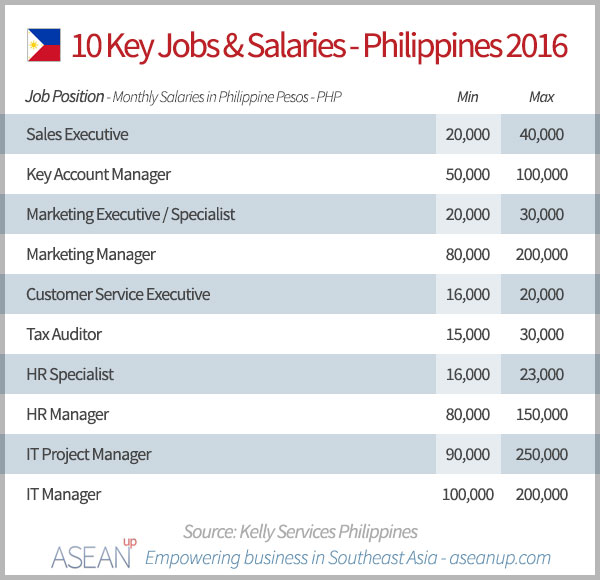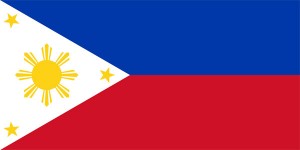The second most populous country in Southeast Asia after Indonesia, the Philippines consistently has one of the fastest economic growth in the region and the world. With a high level of proficiency in English and a population eager to work abroad or with foreigners, the Philippines' economy is also rapidly advancing in global services and trade.
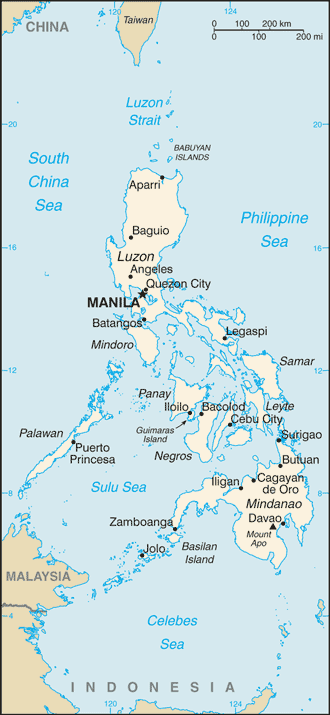
- Official country name: Republic of the Philippines
- Capital: Manila
- Total Area: 300,000 km²
- Government: Unitary presidential constitutional republic
- Currency: Peso, ₱ – PHP (Filipino: piso)
- Drives on the: right
- Calling Code: +63
- Internet TLD: .ph
Demographics
- Population: 100,981,437 (2015 Census)
- Population Density: 336.60/km²
- Official Languages: Filipino, English
- HDI: 0.682 (medium)
- Ethnic Groups: (2010)
- 33.8% Visayan
- 27.7% Tagalog
- 9.8% Ilocano
- 6.8% Bicolano
- 5.1% Moro
- 3.1% Kapampangan
- 1.7% Igorot
- 1.4% Pangasinense
- 1.2% Chinese
- 1.1% Zamboangueño
- 6.8% others
The Philippine business environment

After decades of political difficulties and isolation, the Philippines has taken a turn for the better and undertaken a complete transformation of its politics and economy. Having capitalized on its population's proficiency with English language and overseas workers, and led by its largest companies, the Philippines has now become one of the world's most dynamic emerging market.
In support of the economic environment, taxes in the Philippines are relatively low compared to the rest of the world, though not as low as other countries of Southeast Asia.

Key economic data of the Philippines
- GDP (PPP): USD 873.966 Billion (2017 Estimate)
- GDP per Capita (PPP): USD 8,223
- GDP (Nominal): USD 348.593 Billion (2017 Estimate)
- GDP per Capita (Nominal): USD 3,280
- GDP Growth: 6.9% (2016)
- GDP by sector: (2015)
- agriculture: 9.49%
- industry: 33.48%
- services: 57.03%
- Labor force: 64.80 Million (April 2015)
- Labor force by occupation: (2012 Estimate)
- services: 53%
- agriculture: 32%
- industry: 15%
- Unemployment: 4.7% (October 2016)
- Inflation: 3.4% (April 2017)
Key sectors of the Philippines
The English proficiency of Filipinos has enabled the country to become a global leader for the Business Process Outsourcing - BPO - sector, even surpassing India. A key to the Philippines' economic growth, BPO brings large revenues and investments from abroad in the Philippines.
Besides, to cope with the country's particular sensitivity to disasters and environmental issues, the Philippines has resolutely engaged towards sustainability. Profiting from its natural subterranean resource, the Philippines has notably become a global leader in geothermal energy.
A relatively small industry, tourism is nonetheless on the rise thanks to smart ways to promote the Philippines, enabling a growing amount of visitors to explore Manila, Boracay or the Philippine UNESCO world heritage sites.
Main industries of the Philippines
- electronics assembly
- aerospace
- business process outsourcing
- food manufacturing
- shipbuilding
- chemicals
- textiles
- garments
- metals
- petroleum refining
- fishing
- rice
The Philippines' large and active digital population
With the second largest population in Southeast Asia behind Indonesia, the Philippines has one of the most active population on social media. Its large digital community and penetration of mobile devices provide a new medium to revolutionize underdeveloped industries like financial services and overseas Filipino workers remittances through new FinTech startups.
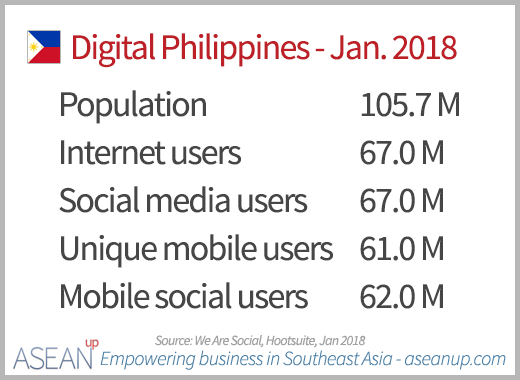
The Philippines for professionals and work
With its tropical climate and friendly population, the Philippines provides a great environment for foreigners willing to work in the country. Salaries are not as high as in other countries of the region, but the authorities are committed to not only improve the country's economy but also to develop more sustainable cities, especially in Manila.
Philippines trade data
Though it is impacted by revenues from the Business Process Outsourcing sector, the Philippines' export rely a lot on commodities, but also on manufactures goods for the electronics, transport and garments sectors.
Exports: USD 58.827 Billion (2015 Estimate)
Export Goods:
- semiconductors and electronic products
- transport equipment
- garments
- copper products
- petroleum products
- coconut oil
- fruits
Main Export Partners: (2013 Estimate)
- Japan 21.3%
- United States 14.7%
- China 12.4%
- Hong Kong 8.0%
- Singapore 7.3%
- South Korea 6.0%
- Germany 4.1%
- Taiwan 3.5%
- Thailand 3.4%
- Indonesia 3.1%
Imports: USD 71.067 Billion (2015 Estimate)
Import Goods:
- electronic products
- mineral fuels
- machinery and transport equipment
- iron and steel
- textile fabrics
- grains
- chemicals
- plastic
Main Import Partners: (2013 Estimate)
- China 12.9%
- United States 11.2%
- Japan 8.4%
- Taiwan 7.8%
- South Korea 7.7%
- Singapore 6.8%
- Thailand 5.4%
- Saudi Arabia 4.5%
- Indonesia 4.5%
- Germany 3.8%
Recent Resources
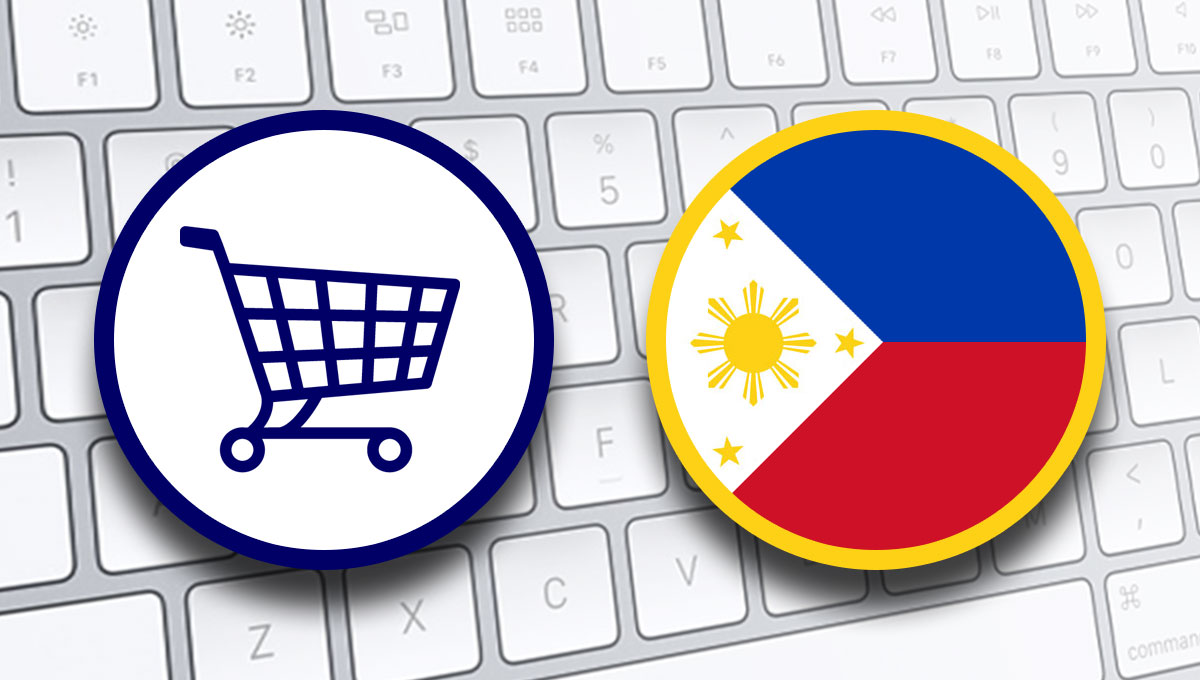
With a dynamic economy and a large population proficient with digital technologies, the Philippines is a fast-growing market for e-commerce in Southeast Asia. Several websites and digital applications are already fighting for market share, with global, regional and national players.
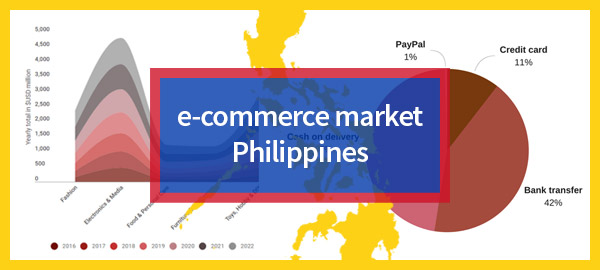
The second most populated country in Southeast Asia, the Philippines is a large and rapidly developing market for e-commerce. With a low income but a high growth, the Philippines has a digital population of more than 67 million people which attracts both local and regional companies who compete against a dominant player.

Using great pictures is a key point for any marketing activity to present a professional and appealing message to potential customers. These 40 free, high-definition stock pictures of the Philippines will come in handy to help you design websites and brochures, especially for businesses in tourism and travel, real estate, food, luxury…
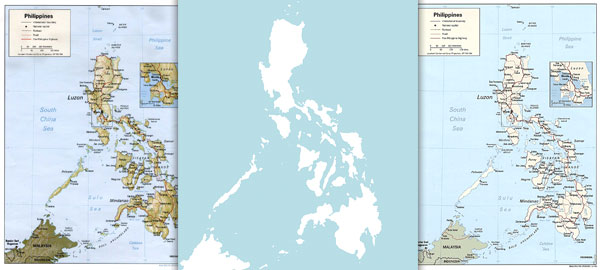
Some maps of the Philippines can be useful to illustrate ideas or projects for your website or blog, or to create your own maps. Here is a collection of copyright or royalty free, labelled and blank maps of the Philippines to be used directly as is, or to be elaborated upon to create beautiful modern maps …
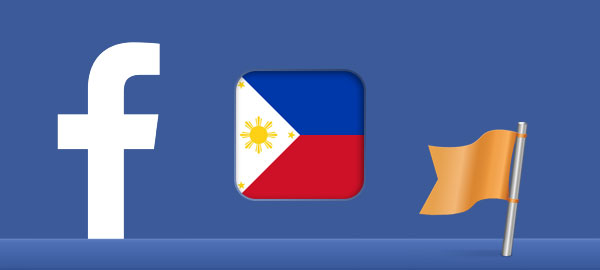
With about 60 million Facebook users, the Philippines has one of the largest and most active population on the social network. It is therefore no surprise that it also counts numerous business pages on Facebook gathering millions of Filipino followers. Here are 30 of the most popular Facebook pages in the Philippines.
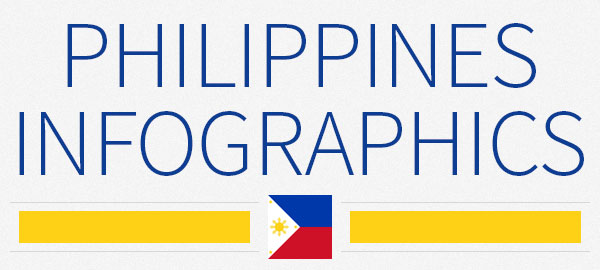
After trailing regional economies for years, the Philippines is now often called a new Asian “tiger” with one of the fastest growing economies in the world. This series of infographics presents key demographic and economic data on the Philippines, as well as some perspectives with other ASEAN and world-leading countries.
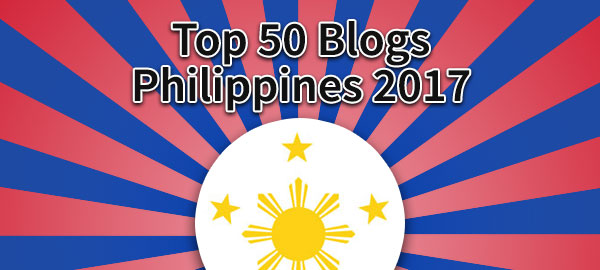
The Philippines is one of the most populated countries in Southeast Asia with a very active digital population. The following Top 50 blogs from the Philippines was created to regroup the archipel’s most popular blogs and help anyone find and learn from these thought-leaders and trendsetters in the Philippines and the broader region.
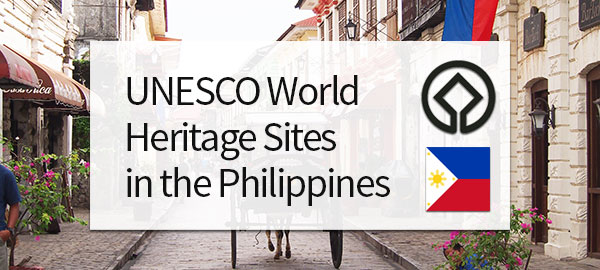
With its tropical environment and unique blend of indigenous and Western culture the Philippines regroups several sites classified in the UNESCO World Heritage Sites. Breath-taking rice terraces, colonial remains and a host of natural and marine parks make up the six sites recognized for their value to mankind in the Philippines.

Human resources professionals looking for candidates to hire or executives looking for their next career opportunities both need to know about the job market. This guide will greatly help all those who need to evaluate the salaries compensating for experience and qualifications of particular job position in the Philippines.

Though slightly above regional peers, taxes in the Philippines are rather low globally: low corporate income tax, low progressive income tax and and low VAT. Though the taxation system is rather simple, particular rates, formalities and methods of calculations have to be implemented to properly compute and declare taxes.

